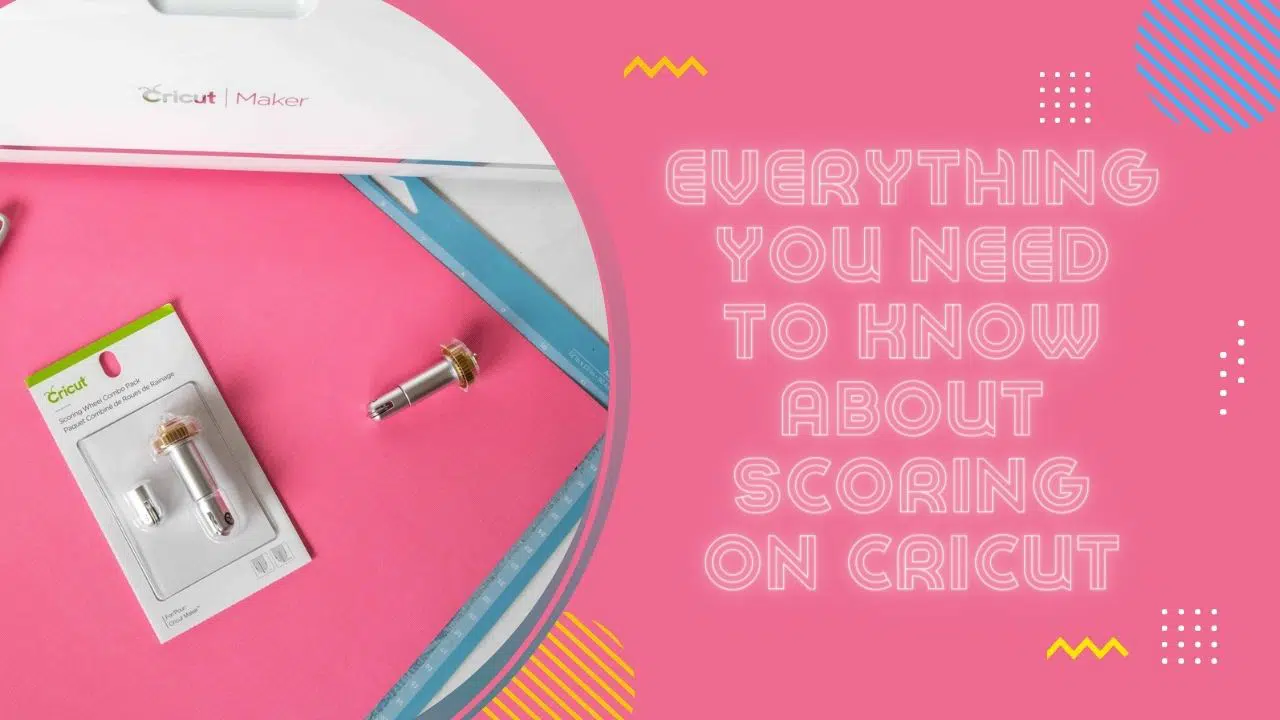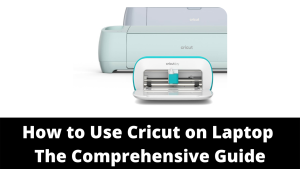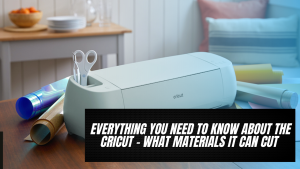If you’re new to Cricut, you may be wondering what scoring is. In essence, scoring is making a thin cut through paper or other light materials with a blade. This cut allows the material to fold more efficiently, creating a weakened area. When used correctly, scoring can make a difference in how well your projects turn out. This blog post will discuss what scoring is and how to do it properly on your Cricut machine!
What is scoring on Cricut, and what are the benefits?
Scoring on a Cricut uses the machine to make a crease in your material. This is helpful when you want to fold something along a precise line, like when making cards or origami. It’s also valid when you need a sturdy fold, like if you’re making a box or a bag. The benefits of scoring on a Cricut are that it’s quick and easy to do and produces clean, sharp creases. You can score any paper or cardstock and thin materials like leather and vinyl. And because the machine does all the work for you, it’s very consistent – perfect for perfectionists! So if you’re looking for a way to add extra detail to your projects, scoring on a Cricut is worth trying out.
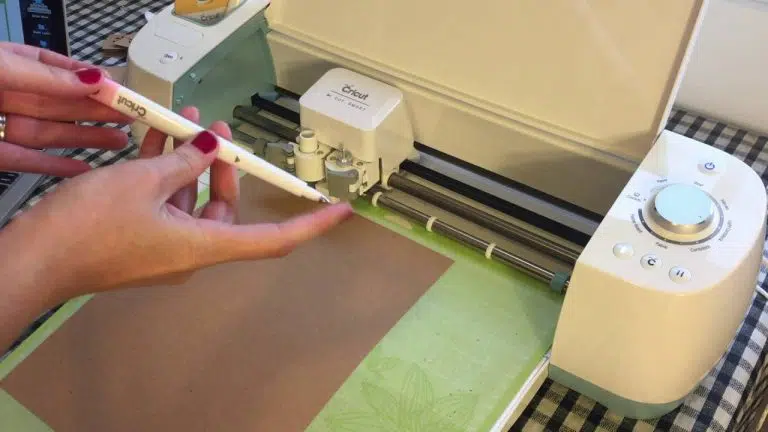
How to score on Cricut – the different methods and what works best for each project
If you’re new to Cricut or just looking for some tips on how to get the best results, this guide is for you. You can use a few different methods to score on Cricut, and each has its pros and cons. Here’s a quick rundown of the different techniques and what works best for each type of project.
One popular method is using the rotary cutter. This is great for straight lines and simple shapes. However, getting clean cuts on curves or more complex shapes can be challenging. If you’re working with something with a lot of intricate details, you may want to try another method.
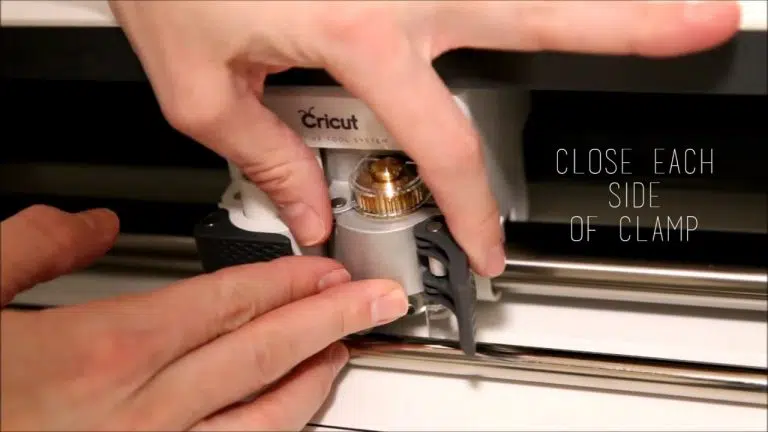
Another method is using the scoring wheel. This is ideal for projects that have more curves and detailed cutouts. The scoring wheel helps create a deep, clean scoreline that will be easy to follow when you’re ready to fold your project. However, this method can be more time-consuming than using the rotary cutter.
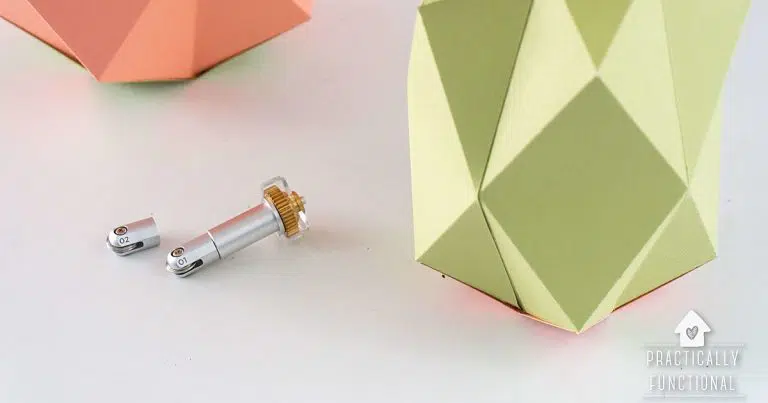
Finally, you can also use scissors to score your paper. This is a quick and easy option, but it’s not always as precise as the other methods. Scissors can be a great option if you’re working on a simple project.
When to score on Cricut – when is it most effective, and what projects can benefit from it
Many people think of scoring as something you only do with hard, inflexible materials like cardstock, but that’s not always the case! Scoring can be a helpful tool when working with a wide range of materials, including paper, vinyl, and even fabric. So when is it most effective to use scoring? And what sorts of projects can benefit from this technique?
Generally speaking, scoring is most useful when creating a fold or crease in your material. This could be as simple as folding a piece of paper in half or creating a precise fold line for a more complex project. Scoring can also be helpful when working with materials that are difficult to cut cleanly, such as vinyl or fabric. By scoring the material first, you can help ensure that your cuts are nice and straight.
So what sorts of projects can benefit from scoring? Pretty much any project that involves folding or creasing! Card games, origami projects, invitations, and cards are good candidates. So the next time you’re unsure whether or not to score your material, ask yourself if a fold or crease would be helpful. If so, give it a try – you might be surprised at how much it can help!
Scoring tips for perfect results every time
Scoring on Cricut is a great way to create perfect folds every time. Here are a few tips to help you get started:
- First, make sure your cutting mat is clean and free of debris. If there is any build-up on the mat, it can cause your score lines to be less precise.
- Next, load your paper onto the cutting mat and position it where you want it to be scored.
- Then, select the scoring blade from your Cricut machine. This blade is designed explicitly for the scoring paper to give you tight, clean score lines.
- Now, run your Cricut machine along the edge of the paper where you want the scoreline to be. Be sure to go slowly and evenly for the best results.
- Once you’ve finished scoring the entire piece of paper, remove it from the cutting mat and fold along the score lines. That’s it! Now you know how to score on Cricut for perfect folds every time.
FAQs about scoring on Cricut
If you’re new to Cricut, you may be wondering how scoring works and what it’s used for. Here are some FAQs that will help you get started.
What is scoring?
Scoring involves making a shallow cut into the paper to create a fold line. This is useful for making precise folds when working with cardstock or other thicker materials.
How do I score on Cricut?
Select the “Score” function on the machine’s touchscreen interface to score on Cricut. Then load your material and follow the prompts to make your cuts.
Why should I score my paper?
Scoring helps to ensure that your paper will fold cleanly and evenly. It’s beneficial when working with cardstock or other thick materials.
What happens if I don’t score my paper?
If you don’t score your paper before folding, you may have uneven or jagged edges. Your folds will also be more likely to crack or break.
Can I use Cricut to score other materials?
Yes! In addition to paper, you can also use Cricut to score vinyl, leather, fabric, and more. Select the appropriate setting on the machine.
Do I need any special tools to score my materials?
No – all you need is the scoring wheel that came with your Cricut machine. However, we recommend using a scoring board or bone folder if you want to get a nice, clean scoreline. This will help you create a deep, even scoreline.
Conclusion
Scoring on Cricut is a great way to create perfect folds every time. With a few simple tips, you can achieve professional-looking results on any project. So what are you waiting for? Get started today and see what scoring can do for your next project!

